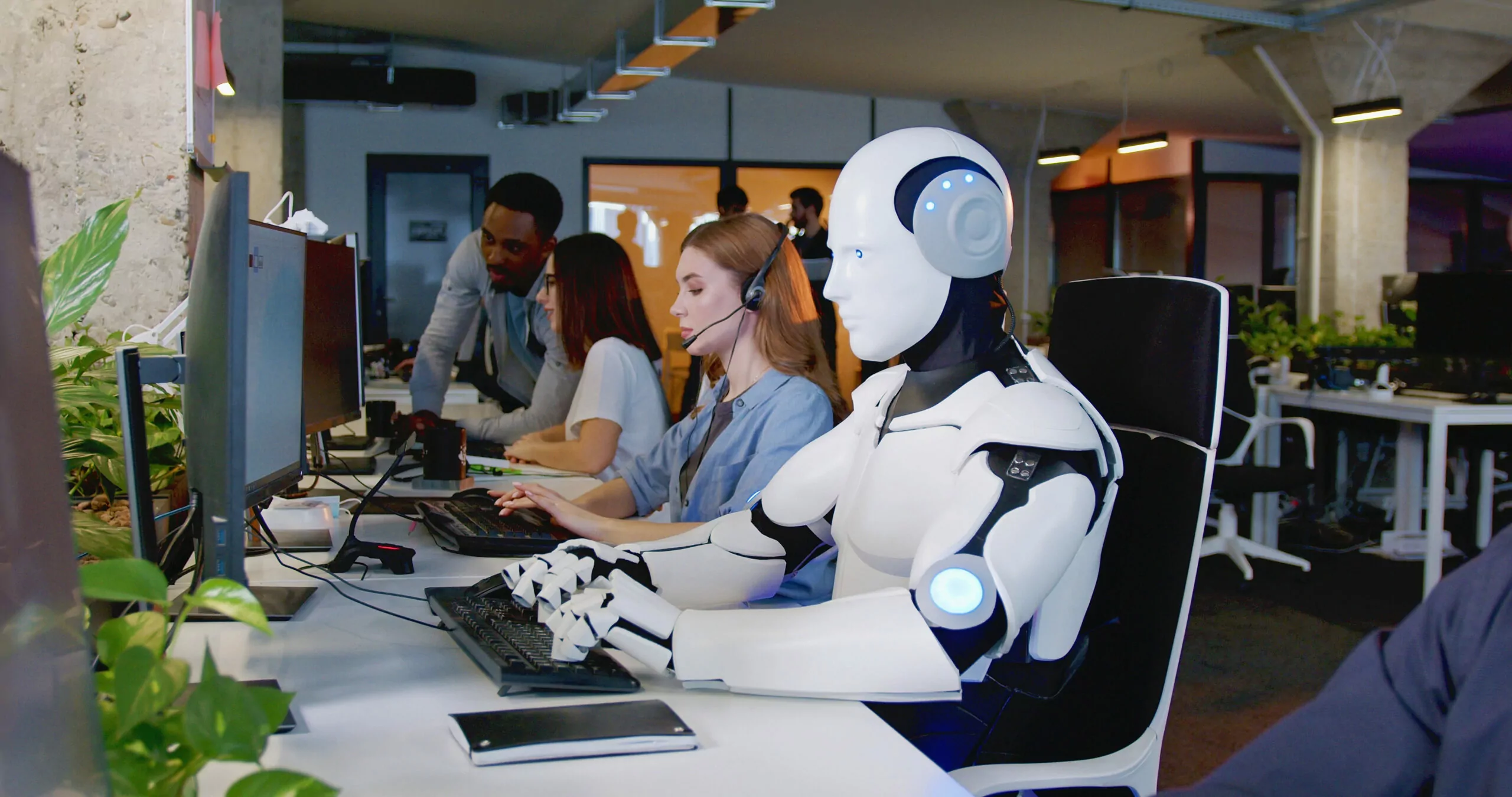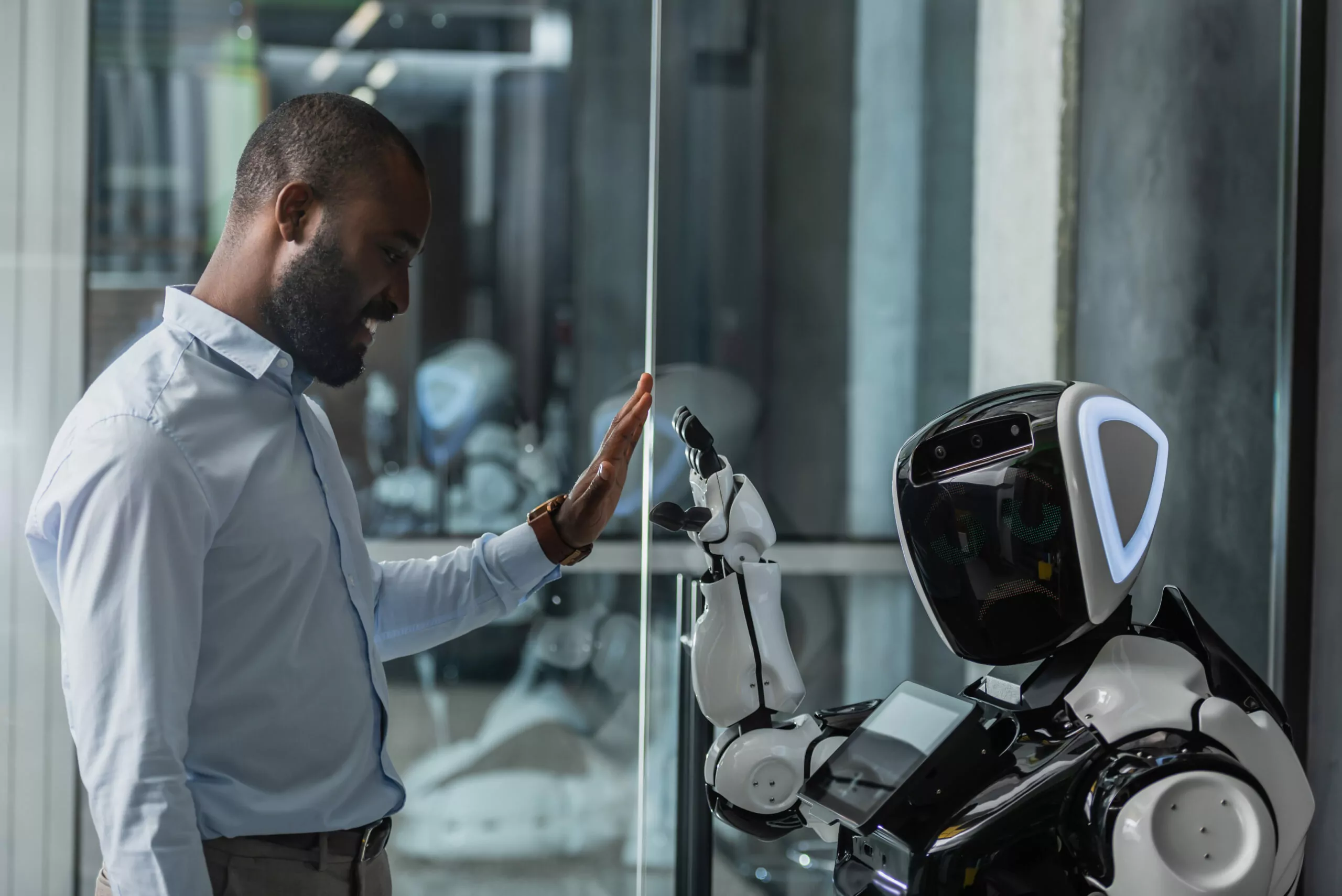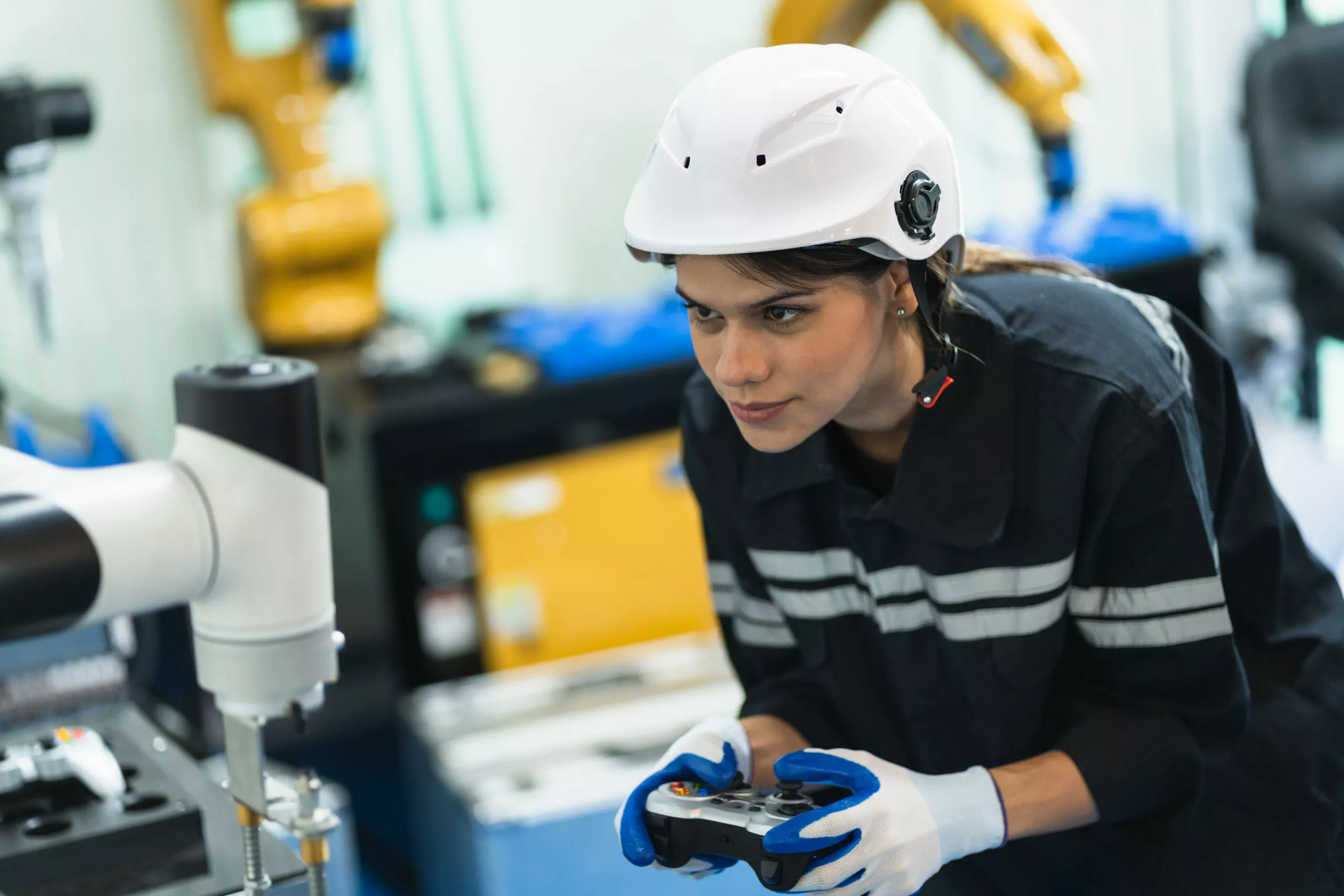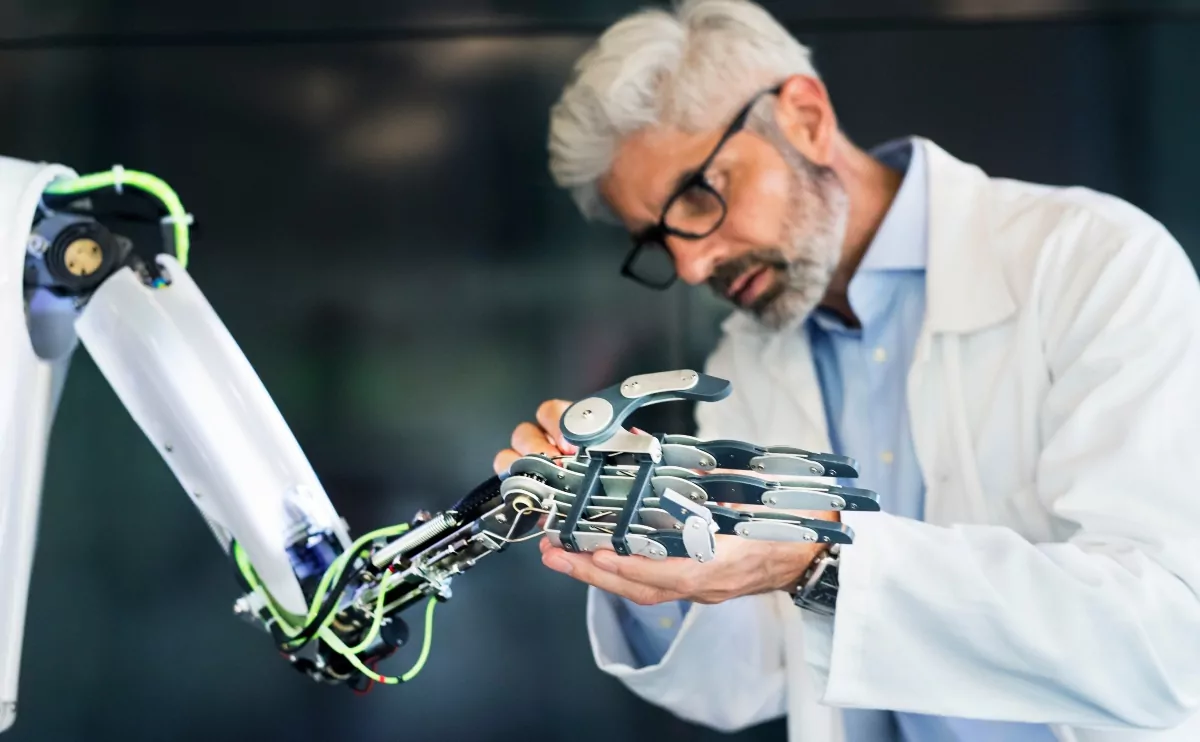Welcome to the ultimate guide that delves into the intricate differences between robots, androids, cyborgs, humanoids, and bionics. If you’ve ever wondered, “What is a Cyborg?” or “How does a Robot differ from an Android?”, you’re in the right place.
This comprehensive article aims to clarify these often-confused terms and provide you with real-world applications and examples.
What You Will Learn
- In-depth definitions of each term
- Real-world applications and examples
- Key differences summarized in a comparison table
- Future trends and what experts are saying
What is a Robot? Understanding the Complexity

The term “robot” is perhaps the most complex and multifaceted of all. While it may seem straightforward, the concept of a robot has evolved significantly due to advancements in technology and its portrayal in science fiction.
According to Wikipedia, a robot is “a machine—especially one programmable by a computer—capable of carrying out a complex series of actions automatically.”
This definition serves as a practical starting point for real-world applications.
Learn the complete history of robot in our in-depth exploration here.
Robotics vs. Robot: Clarifying the Terms
To further refine our understanding, let’s differentiate between “robotics” and “robot.” Robotics refers to the technology components that could be part of a robot.
In contrast, a robot is a complete entity capable of performing tasks autonomously.
For instance, a robotic arm used in an assembly line is not a robot by itself; it requires software and possibly other components to function as a full robot.
What is an Android? The Human-like Robot

An android is a specialized type of robot designed to mimic human appearance and functionality as closely as possible.
While Wikipedia’s definition describes an android as “a humanoid robot or other artificial beings often made from a flesh-like material,” this doesn’t cover the full scope.
In science fiction, androids may not always be made from “flesh-like” materials, but their primary purpose remains the same: to perform tasks that a human can do while resembling human form.
What is a Cyborg? The Fusion of Biology and Technology

A cyborg, short for “cybernetic organism,” is a living entity that incorporates robotic or technological components.
Unlike androids and robots, cyborgs are part-human. The defining characteristic that sets a cyborg apart from a bionic individual is the direct brain control over the robotic components. In today’s world, this is cutting-edge technology.
For example, prosthetics controlled by electromyography sensors that pick up nerve signals are real-world applications of cyborg technology.
What is a Humanoid? The Practical Robot

Humanoids are robots designed to resemble the basic human form. Unlike androids, which aim to mimic human appearance and behavior closely, humanoids are not intended to pass as humans.
Their design is practical; for example, a humanoid might have human-like legs to navigate terrains that wheels cannot traverse.
A classic example from pop culture is the ED-209 from RoboCop, which incorporates humanoid elements but is clearly not an android.
Humanoid vs. Android: The Key Distinction
The primary difference between a humanoid and an android lies in the intent behind their design.
While humanoids adopt human-like features for functional reasons, androids aim to evoke human-like perceptions and emotions.
What is a Bionic? The Semi-Autonomous Human Enhancement

Bionics refer to living beings, usually humans, who have robotic or technological enhancements.
Unlike cyborgs, the robotic components in bionics are not directly controlled by the brain. Instead, they may operate based on physical movements or advanced algorithms.
For instance, bionic legs could use algorithms to assist with balance and stability during walking or running.
Bionic vs. Cyborg: The Control Factor
The primary difference between bionics and cyborgs lies in the control mechanism.
While cyborgs have direct brain control over their robotic components, bionics rely on other forms of control, such as physical movements or pre-programmed algorithms.
What About Drones?

Drones are remotely controlled devices that may incorporate robotic components but are not autonomous.
Often referred to as unmanned vehicles, drones are commonly used in military applications and are available for consumer purchase.
Unlike robots, drones require human input for operation, making them distinct from the autonomous entities discussed above.
Summary: Key Differences Unveiled
To summarize, the key differences among robots, androids, cyborgs, humanoids, and bionics lie in their autonomy, design intent, and control mechanisms.
Understanding these distinctions can help you navigate the fascinating world of robotics and its various subfields.
Thank you for reading this comprehensive guide on the differences between robots, androids, cyborgs, humanoids, and bionics. For more in-depth articles and real-world applications, stay tuned to our blog!


